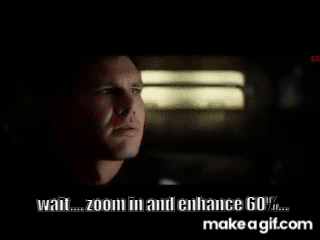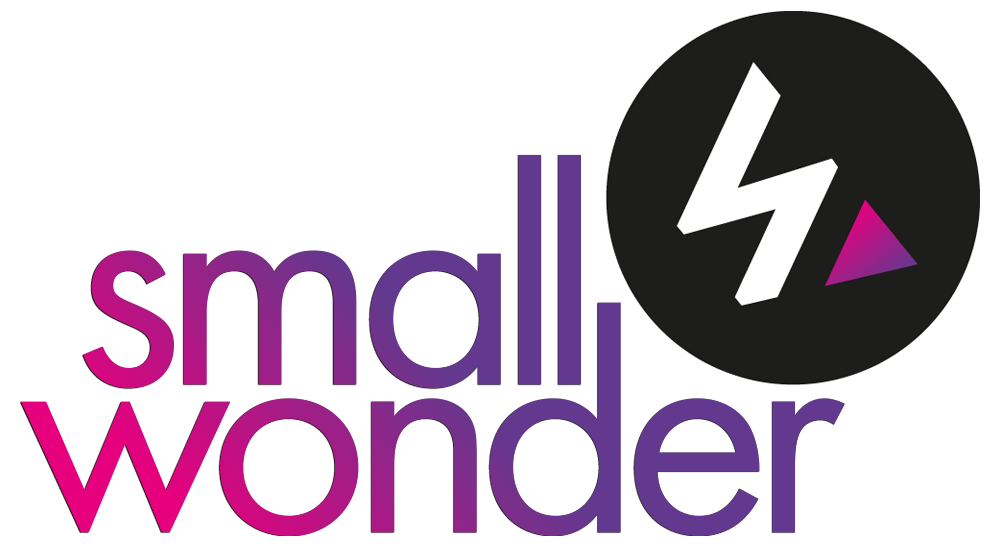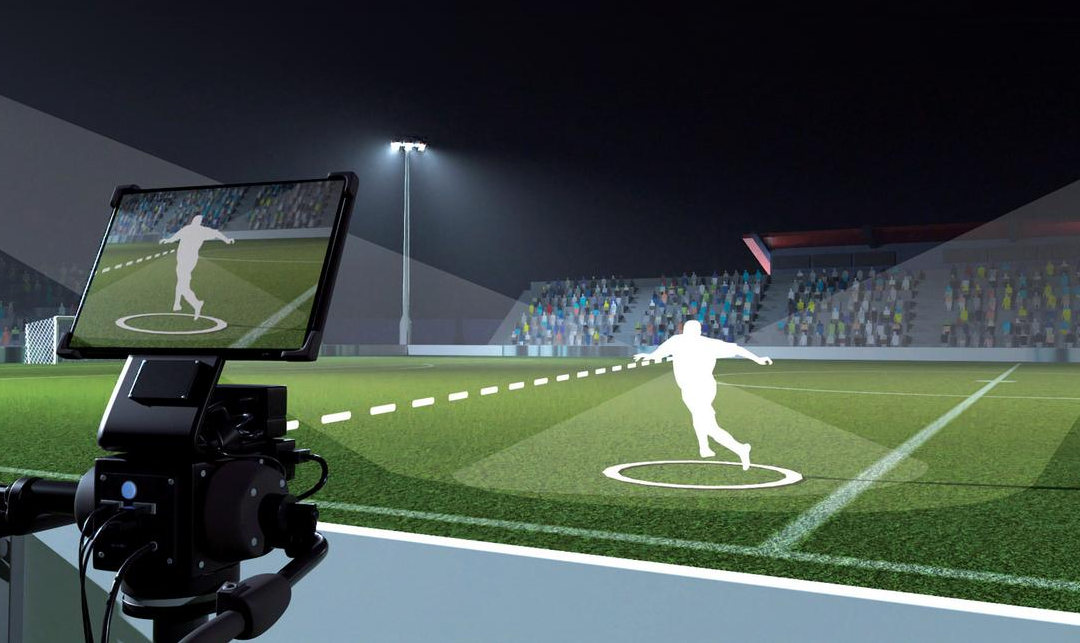Recently, I had a client come to me who wants to live stream football (soccer) games for a local high school district. The level of budget only allowed for a single camera production, which is not a huge hurdle as a majority of football broadcasts are on the single wide shot. We also needed the entire camera plus streaming setup to be run by one person. So I started researching options for an automated camera system. Most modern PTZ cameras have some form of subject tracking, but I needed a camera that can track an entire field of players.

That’s when I discovered a new subset of cameras making its way into the market, AI sports cameras. These cameras are designed to be positioned at midfield, acting as your primary camera for soccer, football, basketball, hockey, etc. The camera tracks the action on the field and the AI automatically pans, tilts, and zooms just like a human camera operator would.

Companies like Pixellot, Spiideo, and Hudl have all launched similar AI sports camera devices in the last few years. All of these devices accomplish the same goal of letting you dynamically film a sporting event without the need for a human to operate the camera. Unlike a traditional sports camera that pans with the action, these systems use multiple stationary cameras to capture the entire playfield at once. The AI software then stitches those cameras feeds together and zooms in to the action to mimic a traditional sports broadcast. The AI also offers a few additional tricks like automated score keeping with graphics overlay.

The end result looks comparable to a traditional sports broadcast for a fraction of the cost and people power. The home viewer would be none the wiser that the camera feed they are watching is controlled by AI and not a human. Which is perfect for my use case. Now I can send a single streaming manager to the field to live stream a game. While the automated camera handles the filming the streaming manager is free to focus on the other aspects of the broadcast.

For the top tiers of sport where there is an abundance of revenue for rights (and currently still growing), clearly producers are going to continue with a high-end, fully operated multi-camera set up. All the bells and whistles. But for lower tier sports and leagues – as well as amateur sports, high school etc. – this type of setup makes a lot of sense. But before long, it seems more than likely that those top tier will also employ a hybrid approach with, for instance, certain camera positions replaced by AI hardware.
What do you think – are you yet seeing AI impact physical production like this? Whatever happens, it’s definitely going to be important to keep our AI on the ball over the next few years (boom boom, see what i did there?)!
And what can we infer about the future of video production? Next time, we look to “Bladerunner” for how the whole creative process of TV & Film could be impacted by AI in another 25 years.


